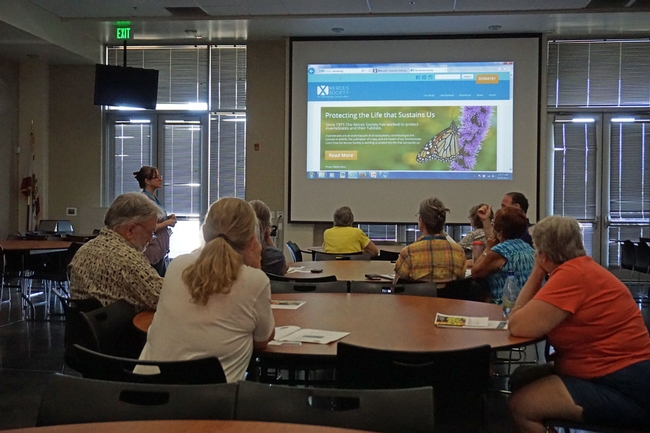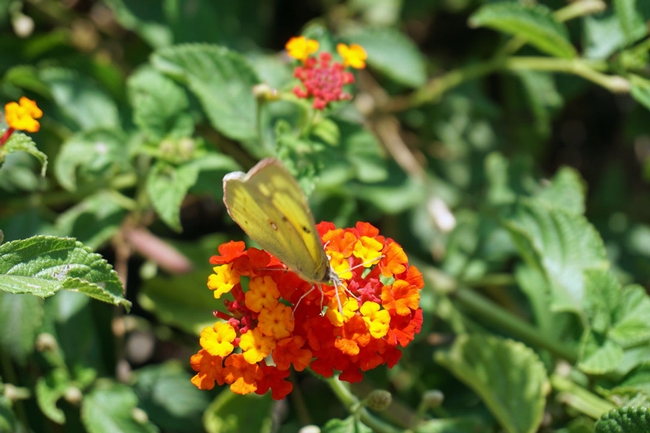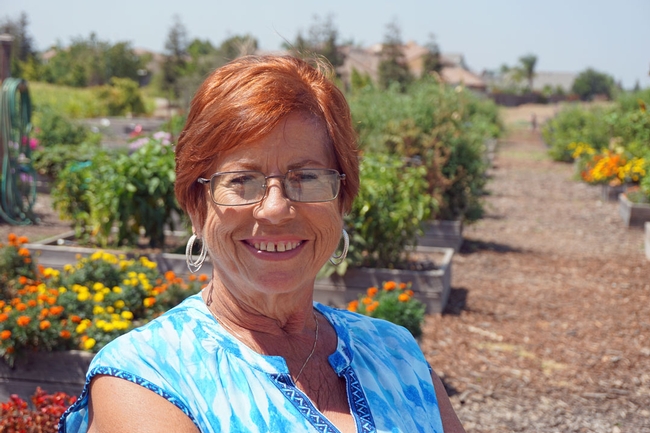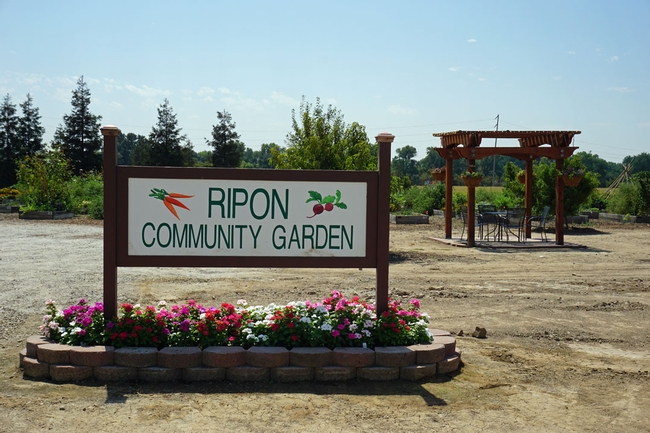With a little care and planning, anyone can make their little corner of the earth safe and friendly for bees.
UC Master Gardener volunteer Clare Bhakta of San Joaquin County shared bee-friendly strategies during a community workshop in August, extending the reach of research information developed by UC Agriculture and Natural Resources.
"Lure bees in," Bhakta said. "If you make it comfy, they will come."
Bhakta is a newly minted Master Gardener, having graduated in June from the intensive training program presented by UC advisors and specialists. She is part of the San Joaquin County MG speakers bureau; the "Buzz about Bees" was her inaugural engagement.
"We want bees in our gardens," Bhakta said. "Ninety percent of flowering plants and 75 percent of human crops depend on pollinators, including bees. Bee pollination makes about $15 billion in human food in the United States each year."
About 1,600 species of bees are found in California, many of them natives. Most of the bee species live independently, occupying holes in trees trunks or branches, or in the ground. Their sizes range from inch-long metallic black bumble bees to tiny sweat bees 3 millimeters in length. These species rarely sting since they don't have hives to protect.
California's most recognizable bee is the European honeybee, imported from the Old Country by settlers in the 1600s. The insects serve as efficient pollinators and produce more honey than they can use themselves - offering humans an abundance of natural golden sweetener with antioxidants, vitamins and minerals.
Bees work hard to produce honey. It takes 2 million flower visits - about 55,000 flight miles - to make a pound of honey. An individual worker bee lives just six weeks and produces about one-twelfth of a teaspoon of honey in her lifetime.
Sharon Butler, president of the Ripon Community Garden, attended the free workshop. The 2.5-acre garden at the corner of Vera and Doak avenues has dozens of raised garden plots. The community just added several bee hives. Butler asked at the workshop about an unexplained phenomenon in their first honey harvest.
"A couple of racks had dark spots with honey that had a cinnamon taste," she said.
Bhatka said the variation was probably the result of nectar from different plants.
"I wish I knew what plant it is, I'd plant a lot more," Butler said.
Creating a bee friendly garden may go against the grain for tidy gardeners. Bees don't prefer the well-trimmed plants and homogeneous color scheme of a formal outdoor space.
"Bees love herbs," Bhakta said. "I let my sage go crazy this year and I couldn't believe how tall they got."
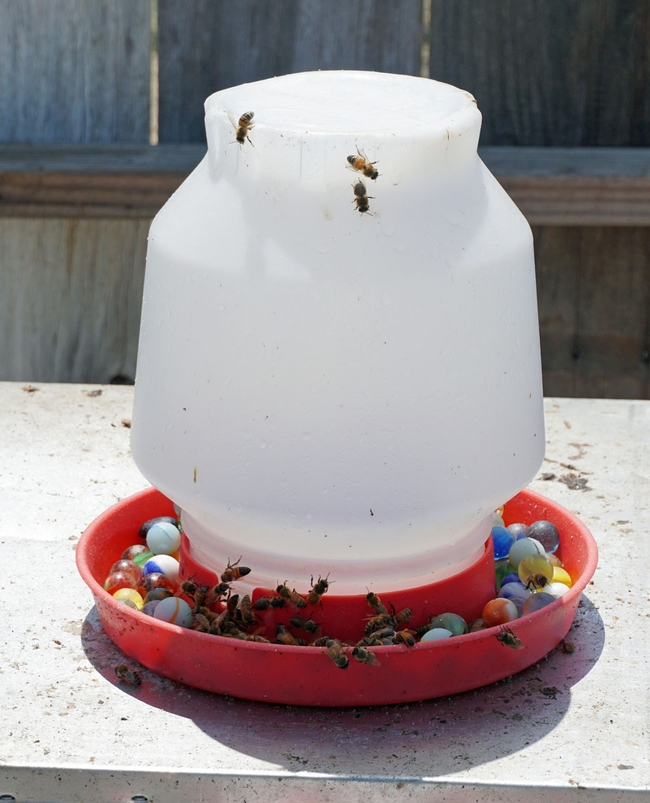
For best results, don't over garden. Follow these five tips from the UC Master Gardener program:
- Rather than cover all soil with mulch, leave open areas for ground nesting bees.
- Keep a few dead tree stumps or branches. Particularly if it has holes, it makes an ideal nesting site for solitary bees.
- Let plants "go to seed," even when they begin to look overgrown and leggy.
- Provide a shallow water source. Filling it with pebbles or marbles allows the bees access to the water.
- Avoid using pesticides. Visit the UC Integeted Pest Management website for environmentally sound methods of controlling pests and weeds.
